North Queensland History
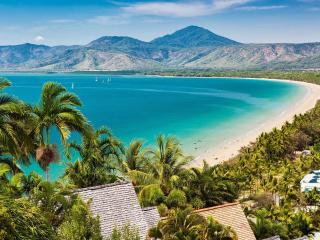
Port Douglas History
Discovered as a gold and tin mining town, Port Douglas experienced a boom when farmers turned to sugar cane farming. However, a severe cyclone in 1911 almost wiped out the whole town. Port Douglas rebuilt itself into a tourist destination in the 1970s who's popularity continues today.
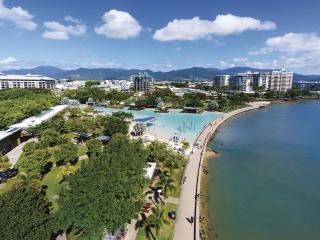
Cairns History
Discovered by Captain Cook in 1770, the area wasn't settled for another 100 years when gold was discovered. Gold and agricultural pursuits such as sugar cane farming and the dairy industry helped the area to develop and after playing a significant role in WWII efforts, Cairns became a tourist spot.
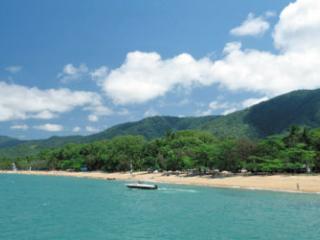
Palm Cove History
Originally settled by the Aboriginal people, Palm Cove was also a brief stop for Captain Cook but is most famous thanks to the Dalrymple expedition. Used as a training base for Australian soldiers during WWII, Palm Cove became better known as a tourist destination after the war efforts.
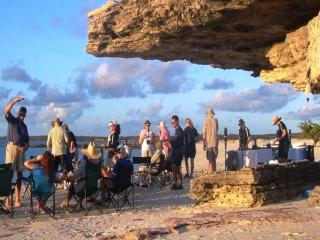
Cape York History
Indigenous people were the first inhabitants of Cape York for around 40,000 years until European explorers settled the region on an overland expedition. Gold mining and a thriving cattle industry saw further growth and development in the area along with bauxite mining and finally a thriving tourism industry.
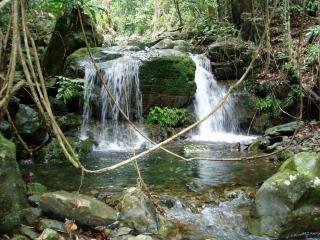
Daintree Rainforest & River History
Originally home to the Kuku Yalanji tribe, European settlers arrived in 1873 lured by the potential of gold and tin mining and the harvesting of beautiful red cedar. While the region's early economy depended on these and the cattle industry, it's now thriving thanks to its amazing natural environment that attracts so many tourists.
